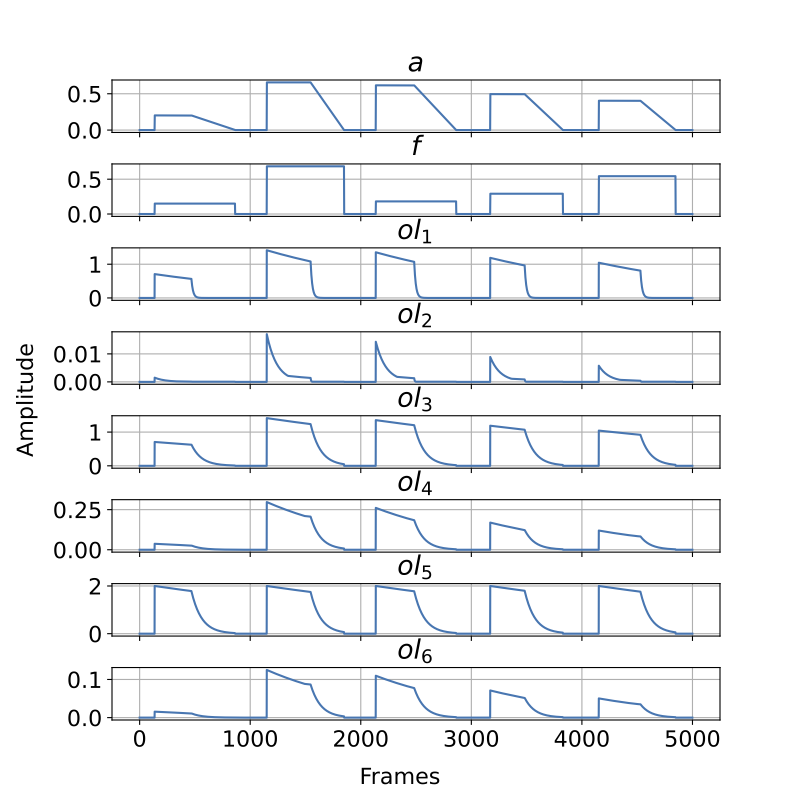Franco Caspe - Andrew McPherson - Mark Sandler
Queen Mary University of London - Centre for Digital Music
Paper - Code - Paper Demo
Introducing Bessel's Trick, FM Tone Transfer for live use.
Abstract
Tone Transfer is a novel deep-learning technique for interfacing a sound source with a synthesizer, transforming the timbre of audio excerpts while keeping their musical form content. Due to its good audio quality results and continuous controllability, it has been recently applied in several audio processing tools. Nevertheless, it still presents several shortcomings related to poor sound diversity, and limited transient and dynamic rendering, which we believe hinder its possibilities of articulation and phrasing in a real-time performance context. In this work, we present a discussion on current Tone Transfer architectures for the task of controlling synthetic audio with musical instruments and discuss their challenges in allowing expressive performances. Next, we introduce Envelope Learning, a novel method for designing Tone Transfer architectures that map musical events using a training objective at the synthesis parameter level. Our technique can render note beginnings and endings accurately and for a variety of sounds; these are essential steps for improving musical articulation, phrasing, and sound diversity with Tone Transfer. Finally, we implement a VST plugin for real-time live use and discuss possibilities for improvement.
Method

-
Envelope Dataset Generation: we create a synthetic dataset of aligned sequences (𝑎, 𝑓 , 𝑜𝑙). 𝑎 and 𝑓 model the frame-wise amplitude and 𝐹0 trajectories of a monophonic audio signal, while 𝑜𝑙 are the oscillator output levels of an FM synthesizer programmed with a patch 𝑝.
-
Envelope Learning: we train a Recurrent Neural Network model 𝑔() to learn the correspondences between the features 𝑎, 𝑓 and the controls 𝑜𝑙 reflected in the dataset.
-
FM Tone Transfer: we deploy the RNN into a Tone Transfer pipeline. In this context, it processes frame-wise input features from real audio 𝑖𝑛, and controls the envelopes of an FM oscillator bank configured according to the patch 𝑝.
The Envelopes
Our approach employs a generic excitation model, defined by a step response and linear decay in energy (𝑎), and a step function in frequency (𝑓) to use as conditioning signals during training.
The training tasks consists of reconstructing the temporal envelope sequence 𝑜𝑙 of different synthesizer patches from the pair of generic excitation signals 𝑎 and 𝑓.

Audio examples
We show that our model can reconstruct the oscillator envelopes and synthesize high fidelity audio with them.
| E. PIANO 1 |
|
|
| BRASS 3 |
|
|
| MARIMBA |
|
|
